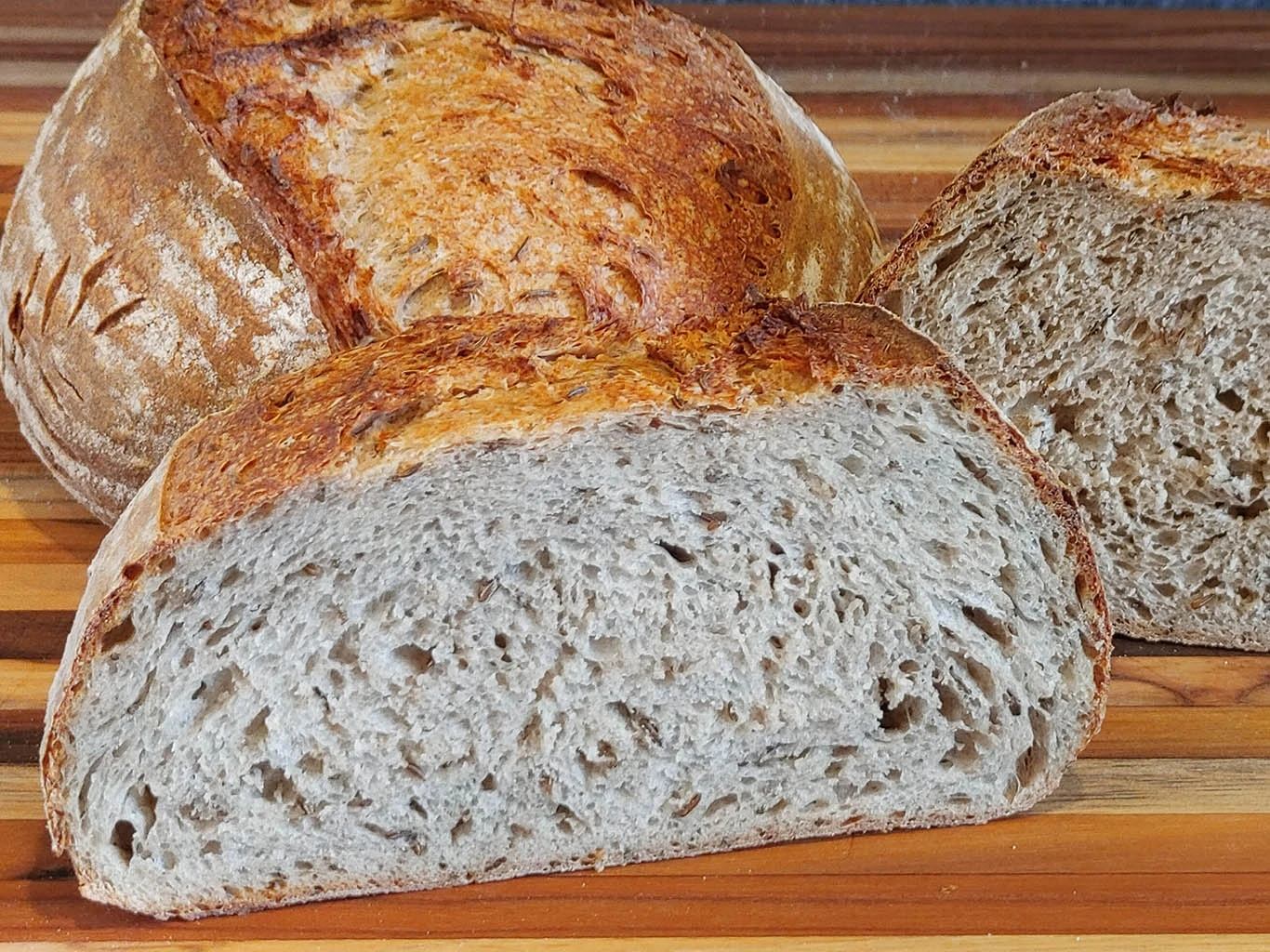I think it's too late for this to be useful. Number spoofing is ultra-common these days and most of the unwanted calls I receive are from spoofed numbers that appear to come from local areas.
If we start blocking the spoofed numbers then eventually we'll just be blocking every possible combination of digits that can exist.
What we really need first is better detection and blocking of calls using spoofed numbers.

I'd never heard of STIR/SHAKEN....but after looking into it, supposedly T-Mobile was one of the first mobile carriers to implement it...and I'm on T-Mobile....but for the past several years, I keep getting unwanted spam calls to my cell phone that appears to be originating from very regional local numbers (area codes and number prefixes that are local to my area)...because of that I just assumed that they had to be spoofed since the calls are always an unwanted telemarketing robo call and never involve an actual business that is local to me.
So I don't know how they are still doing it, but somehow telemarketers are causing calls to route through exchanges that are completely local to me.